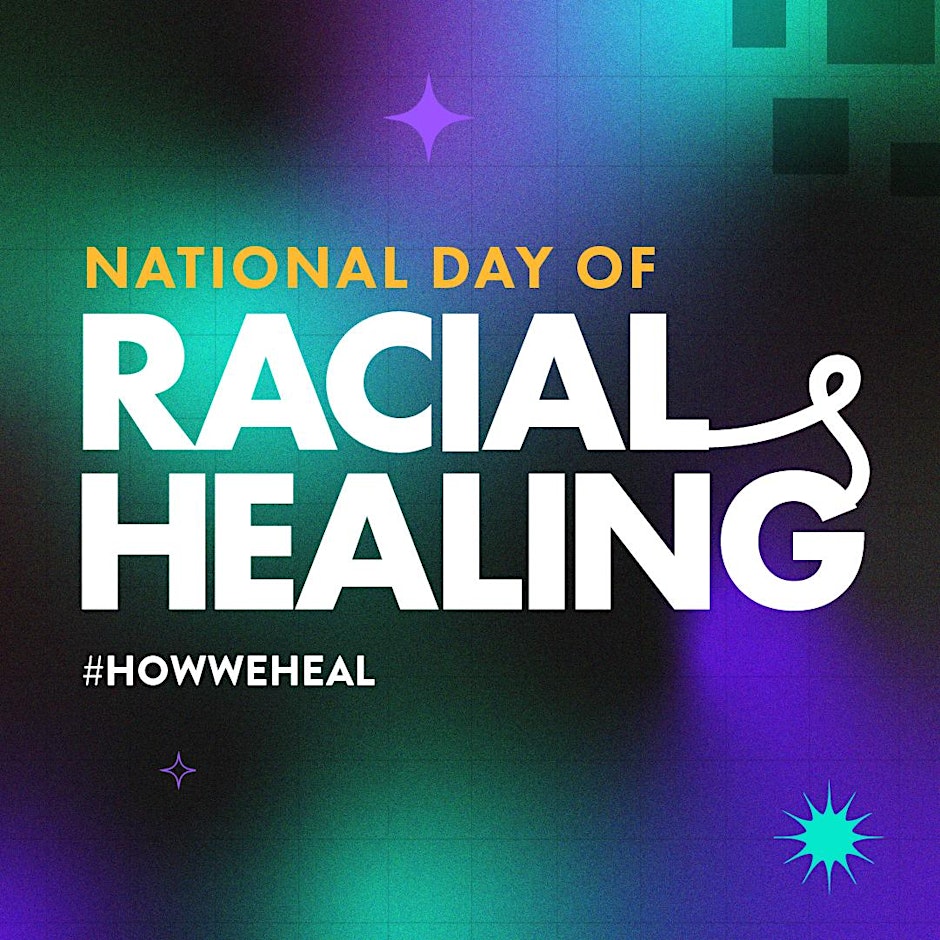Welcome to United Community Services of Johnson County
Providing data analysis, leading collaborative planning, and mobilizing resources to enhance health and human services in Johnson County, Kansas.


PROMOTING UPSTREAM SOLUTIONS
How a community responds to an ever-changing environment impacts the health and well-being of its residents. UCS helps shape these responses in Johnson County through analyzing data, leading collaborative planning and mobilizing resources. UCS promotes moving upstream to address health and human service issues, addressing root causes before they escalate into more significant challenges. By focusing on prevention and early intervention, Johnson County can create long-term, sustainable solutions that improve the overall well-being of its residents.
UCS is part of the United Way of Greater Kansas City’s Impact 100 and is not a direct service provider. If you are in need ot assistance, please contact United Way 211.
ENGAGE WITH OUR WORK

Opportunities

Homelessness

Planning

Engagement

Advocacy
RECENT NEWS

Enews 11-28-25: UCS hosts Kansas Public Policy Forum
UCS hosts Kansas Public Policy ForumStrong Communities, Stable Neighborhoods: Legislative Solutions UCS hosted a full room on Wednesday, November 12th at the 2025 Kansas Public Policy Forum, sponsored by REACH Healthcare Foundation, Health Forward Foundation, and...
UPCOMING EVENTS
NATIONAL DAY OF RACIAL HEALING
January 20th, 2026

